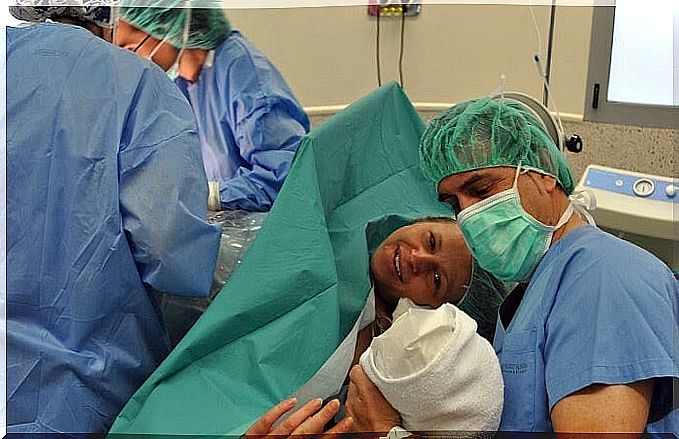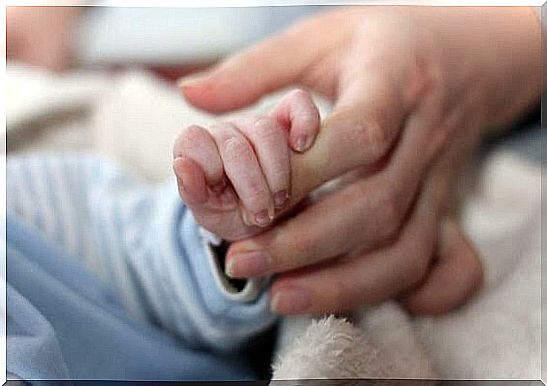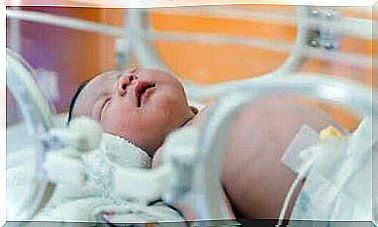What Causes A Quick Birth?

For most women, there will be a long wait between each stage of labor and childbirth. However, some women go into active labor quickly and have a very fast delivery.
Every pregnancy is different, and so is every birth. Nature plays by its own rules. Although the labor is completely natural, it can have some disadvantages.
The birth takes place in three parts: Active contractions, birth and expulsion of the placenta. Each of these steps may take more or less time, but in general women take between 6 and 18 hours to give birth.
However, when giving birth quickly, all three phases can take about five hours. As the name suggests, it is a process that happens quite quickly.
In many cases, this is ideal, but it can also lead to difficulties and unique problems. In this article, we will explain how a rapid birth occurs and what complications it can cause.
Signs of a rapid birth

For a woman to go through a quick delivery, there must be a set of specific conditions. For example, the uterus must be efficient enough to produce very strong contractions.
The child is often smaller than average. This means that a rapid birth can not occur during every pregnancy.
There are some signs to determine if the birth is progressing fast or not. The pain can start quickly, but it does not necessarily mean that the birth will proceed that way.
The signs of a quick delivery are:
- Intense contractions from the beginning. The time between each contraction is very short, to the point that there is no time for the mother to recover between laps.
- Continuous pain that feels like a single long contraction and does not subside.
- Feeling of pressure and cramps that come without warning. This is because the baby starts pushing to get out. It can feel like one that you need to go to the toilet.
- These symptoms are not always in phase with the enlargement of the cervix or the opening phase.
Complications
Experts believe that women who have already gone through a birth that has progressed rapidly are more likely to do it again. That is, one of the most important prerequisites for a quick birth is that the mother has already gone through a quick birth.
Other conditions associated with rapid delivery include a uterus that provides effective contractions.

Given that it is not possible to predict a rapid birth until it occurs, the biggest difficulty may be the emotional stress it can cause.
Women may feel that they are losing control of the situation, especially if this is the first time they are going through this. It can also be difficult for healthcare professionals to handle childbirth.
As we have said, each stage of childbirth usually takes its allotted time. In general, one moves gradually between these stages. This allows physicians to apply strategies to address any complications.
Therefore, both the mother and the doctor may have problems handling the situation when the labor progresses very quickly.
Another obvious complication may be the time and place where this process occurs.
The expectant mother may realize that given the speed of the pain, there is no time to go to the hospital.
This may mean that she needs to give birth exactly where she is, without the help of a midwife or doctor or the right medical equipment.
In addition to the problems mentioned above, the following complications can also occur:
- Higher risk of rupture of the birth canal or cervix
- That the birth takes place in a place that is not sterile
- The baby may be at risk of infection, depending on where the birth occurs
- Risk of vaginal bleeding
- Risk of bleeding in the uterus
- That the child falls or falls
- Perinatal asphyxia
- Risk of aspiration of amniotic fluid
- Trauma to the child’s skull
- Prolonged period of postpartum recovery due to the shock of the rapid delivery









